As an Indiana native, I grew up eating more meat and potato type of dishes than fancy Italian pasta dinners. The Italian-inspired meals I ate typically consisted of spaghetti noodles drenched in store-bought marinara sauce that was loaded with added sugars and preservatives. The Italian restaurants in my area weren’t exactly authentic, so I never fully understood the hype behind pasta. I mean, yes, pasta is delicious, but why are there so many types? And why can’t I just cover my spaghetti noodles in Alfredo sauce and call it a day?
Well, I could just manhandle spaghetti noodles and stick to just one type of pasta. But after doing some research, I found out a few key facts about pasta’s shape and why it matters to the dish you’re preparing. I also discovered that there are way too many types of pasta for me to discuss in this article, so if your favorite noodle isn’t listed here, don’t worry—Google knows all.
Spaghetti
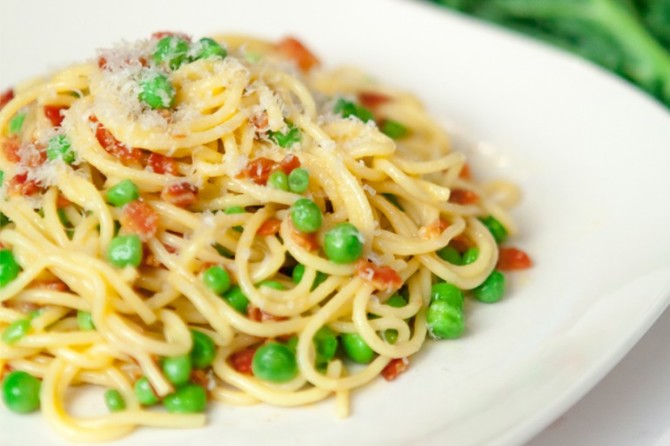
Photo by Daniel Schuleman
Arguably America’s favorite pasta, spaghetti is best used with loose sauces or no sauce at all. Think traditional spaghetti and marinara sauce or spaghetti carbonara.
Penne
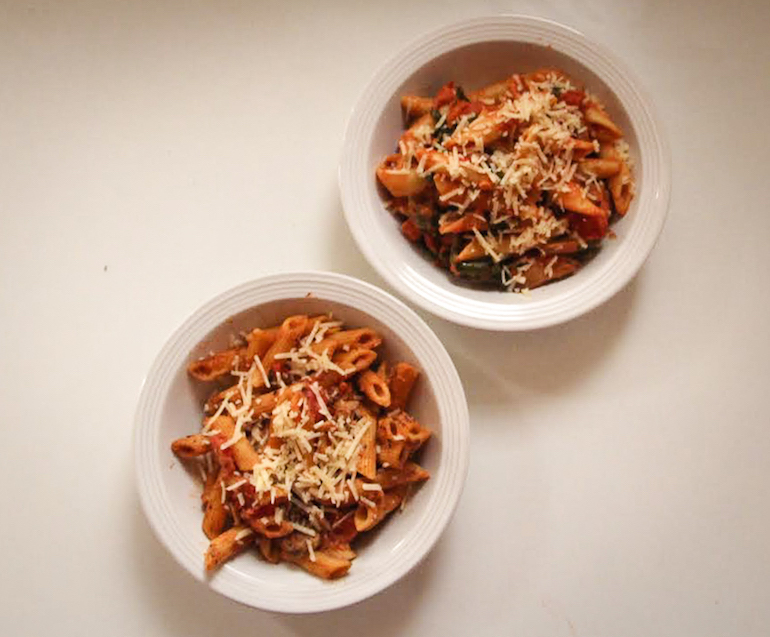
Photo by Ilze Vizulius
The quill shape of penne compliments almost any sauce. The thick ridges on the outside of the pasta picks up thicker sauces and the hollow middle is great at storing sauce inside. If you want to make a bomb casserole or need a little extra something to help your fave meat sauce find its way into your mouth, penne is the way to go.
Orecchiette
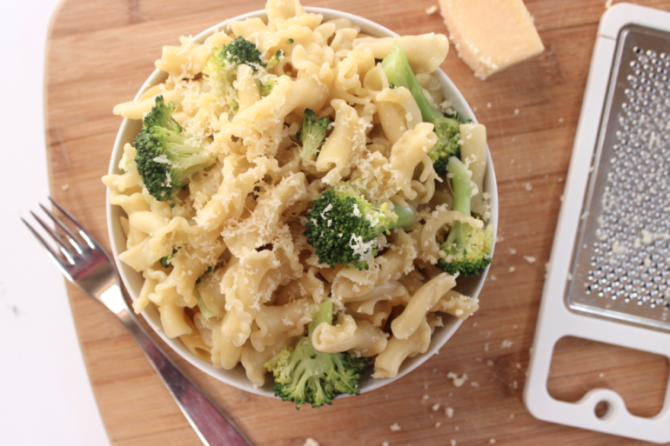
Photo by Katherine Baker
I might not be able to pronounce this pasta, but oh man do I love it. Orecchiette’s shell-like shape allows sauce to settle inside it, meaning each bite is going to be mega flavorful and delicious. This particular pasta shape is also good for pasta bakes and pairs well with chunky sauces.
Linguine
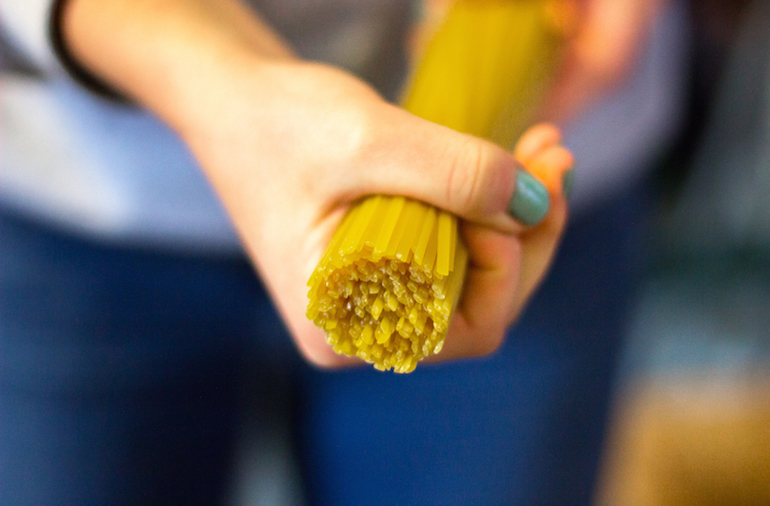
Photo by Abigail Wang
Because linguine is a bit thicker than spaghetti, it’s able to better cling onto lighter sauces, especially ones made with cream. Give it a go in your favorite one-pot pasta dish; the added thickness keeps it from turning to mush while cooking with other ingredients.
Farfalle
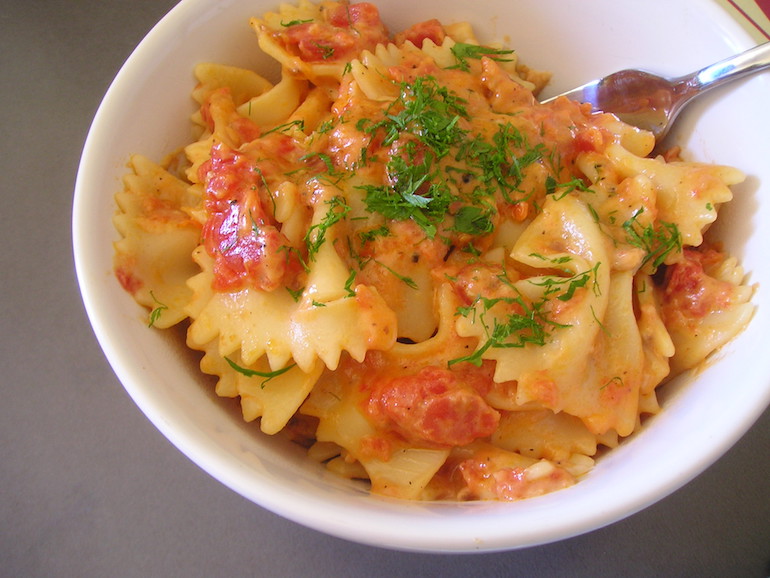
Photo courtesy of John Herschell on Flickr
Other than being super cute, the bow tie shape of farfalle helps keep the pasta intact when tossed in pasta salads. Farfalle is best when used in casseroles involving meat sauce, as it can hold heavier sauces better than thinner noodles.
Fusilli
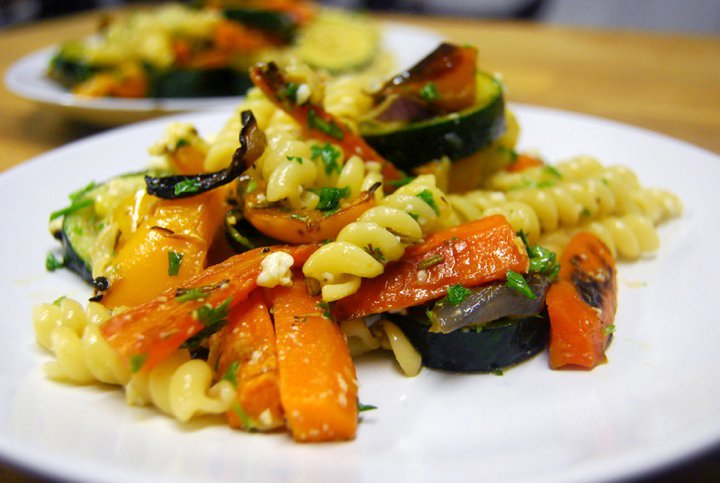
Photo courtesy of Myriam M. J. Rondeau on Flickr
The spirals of fusilli trap chunks of meat more easily and make it especially good at catching extra veggies in pasta salads. Like farfalle, fusilli gets two thumbs up from me because it’s just cute to look at.
Manicotti
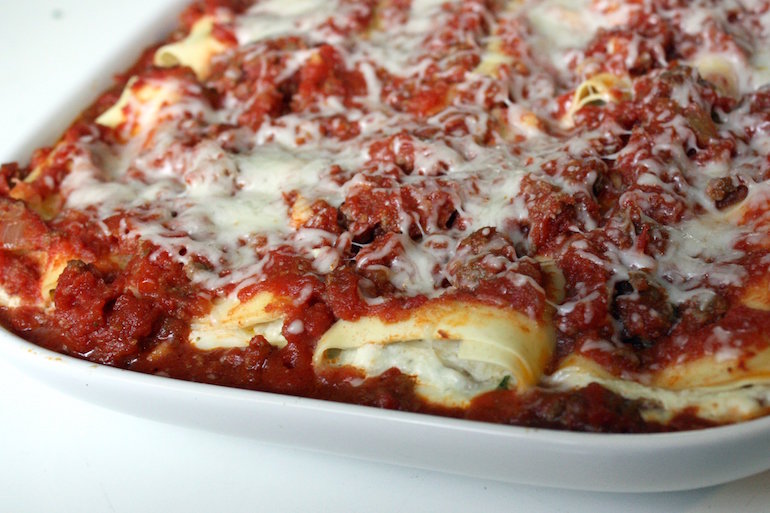
Photo courtesy of alanagkelly on Flickr
Next to spaghetti, manicotti is my personal go-to pasta. After all, you really can’t go wrong with a huge tube of pasta stuffed with cheesy goodness. Manicotti holds up well when stuffed to max capacity and baked in a pool of sauce, making it an extremely filling dish.
Orzo
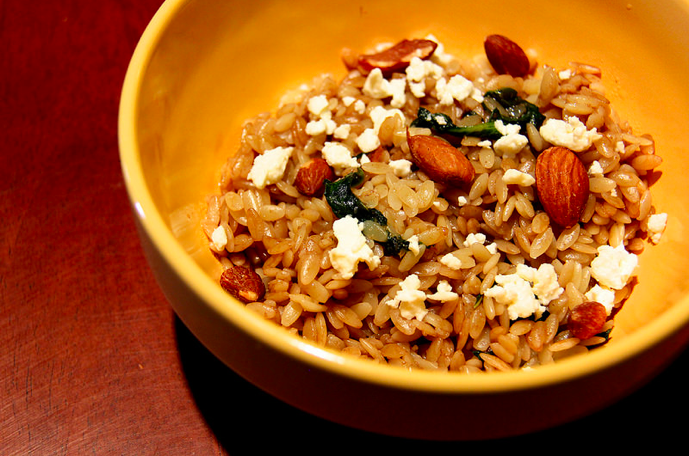
Photo by Kathleen Lee
Orzo is the perfect all-around pasta. Small and grain shaped, it can be topped with sauce or added to soups and works well as either a side or main dish.
Egg Noodles

Photo courtesy of Ferrous Büller on Flickr
I’m not completely positive if egg noodles are Italian or German in origin, but quite frankly, they’re so delicious, I just don’t care. Egg noodles are usually quite thick and hearty, which is why they’re so great in casseroles or when paired with thicker cream sauces. Beef stroganoff is one of the more popular dishes egg noodles are used in, but there are tons of other ways they can be used as well.
Angel Hair
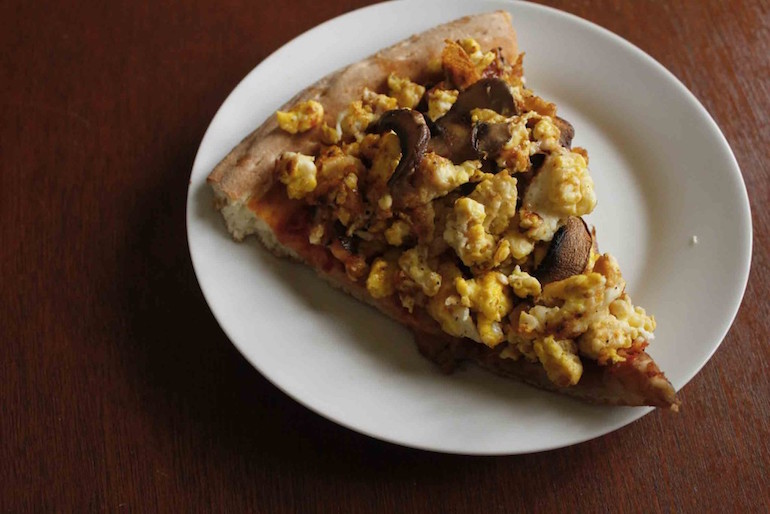
Photo by Natsuko Mazany
Because angel hair pasta is long and thin, it’s best when used with lighter sauces or seafood dishes. Shrimp scampi is one of the tastiest dishes that uses angel hair pasta, but you can pair these noodles with almost anything.
Lasagne
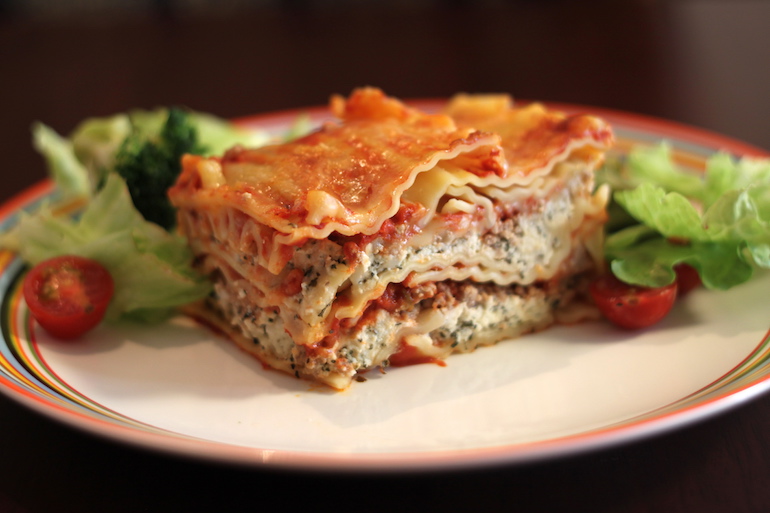
Photo courtesy of tenaciousme on Flickr
Apparently I’ve been living a lie my entire life because I had no idea the plural of lasagna was lasagne. Lasagne noodles are rather thick, making them ideal in such dishes as lasagna (are you confused yet?). If pasta isn’t your thing, try making some dessert lasagna instead – it’s sinfully delicious.
Ravioli
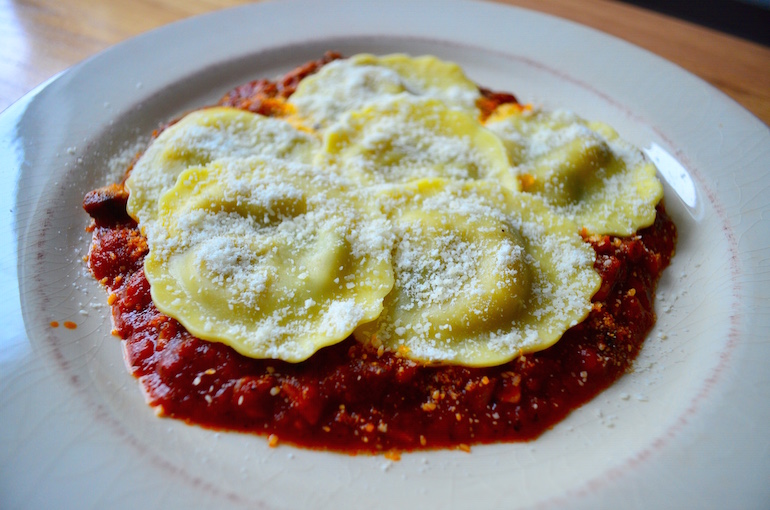
Photo by Alyssa Modos
Ravioli is another favorite. There’s just something about stuffed pasta that people can’t resist, amirite? Note that ravioli must be filled with either meat or cheese. If there’s nothing inside, then you’re just eating regular pasta, which isn’t nearly as much fun.


